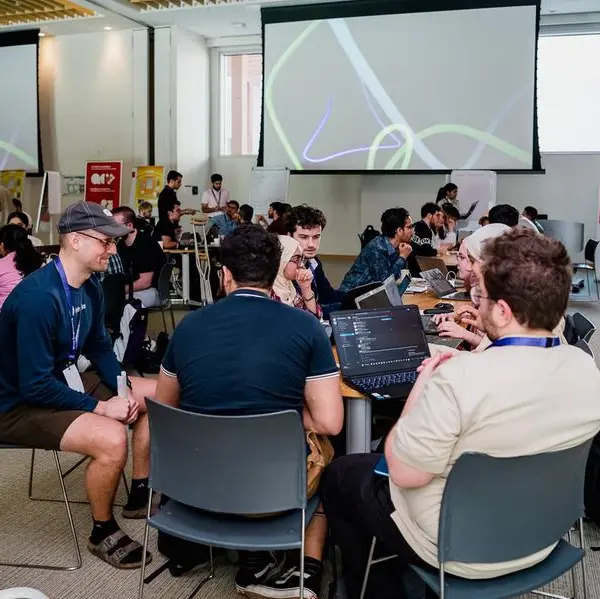The COVID-19 pandemic, with its far-reaching effects, was the driving factor behind gold consumer demand weakness throughout 2020, leading to a 14% decline in annual demand to 3,759.6t.[1] Last year was the first sub-4,000t year since 2009 according to the World Gold Council’s latest Gold Demand Trends report.
Global gold demand dropped by 28% y-o-y to 783.4t in Q4, making it the weakest quarter since the midst of the global financial crisis in Q2 2008.
Gold jewellery demand in Q4 fell 13% y-o-y to 515.9t, resulting in a full-year total of 1,411.6t, 34% lower than in 2019 and a new annual low for our data series. While demand improved steadily from the severely depleted Q2 total, the coronavirus continued to impact consumer behaviour.
Conversely, increased uncertainty and policy response to the pandemic supported annual investment demand, which increased 40% y-o-y to a new high for our series of 1,773.2t. Most of the growth came in the form of gold-backed ETFs (gold ETFs) but was aided by bar and coin demand growth in H2. In addition, evidence suggests that over-the-counter (OTC) activity, which is not directly captured in our data set, was also robust throughout the year. However, in Q4 there was a notable decline in investment demand for gold ETFs with outflows totalling 130t.
Total annual gold supply also took a hit and was 4% lower y-o-y (4,633t), the largest annual fall since 2013. The drop can be largely explained by coronavirus-related disruption to mine production, offset by a marginal 1% increase in recycling to 1,297.4t for 2020.
Inflows into global gold ETFs reached an annual record of 877.1t (US$47.9bn). An 11-month consecutive run of positive inflows starting in December 2019 came to a halt in November when a recovery in sentiment and gold price drop led to 130t of outflows in Q4.
The US dollar gold price returned 25% in 2020 supported by investor demand. After reaching a record high in August across most currencies, the LBMA Gold Price PM dropped back to US$1,762.55/oz at the end of November, before recovering to close the year at US$1,887.6/oz.
Demand for gold bars and coins grew 10% in Q4. A recovery in China and India in the second half of 2020 added to continued strength in Western markets to lift annual demand to 896.1t (+3%).
2020 marked a record low of 1,411.6t for gold jewellery demand. Despite a quarterly recovery in Q4, demand was unable to overcome the continued challenges presented by COVID-19.
Gold buying by central banks slowed sharply in 2020, 59% lower at 273t. Q4 saw a return to modest net buying: global official reserves grew by 44.8t during the quarter, more than reversing the 6.5t of net sales from Q3.
Louise Street, Senior Markets Analyst, Research at the World Gold Council, commented: “The impact of the COVID-19 pandemic was felt across the gold market throughout 2020, and Q4 was no different. Consumers around the world remained at the mercy of lockdowns, economic weakness and high gold prices, resulting in a new annual low in jewellery demand.
“Nevertheless, despite outflows in Q4, gold-backed ETFs saw record annual inflows due to low interest rates and high levels of uncertainty, highlighting gold’s role as a safe haven asset. Bar and coin demand also saw a strong recovery in the second half of the year, showing that retail investor sentiment remained relatively stable in these volatile markets. Overall, we believe the effects of the pandemic are likely to reverberate into Q1 2021, and possibly beyond.”
The key findings included in the latest Gold Demand Trends report for FY 2020 are as follows:
- Annual demand (excluding OTC) declined to 3,759.6t (-14%), the first sub-4,000t year since 2009
- Record gold ETF inflows totalled 877.1t (US$47.9bn) and global AUM reached 3,751.5t
- Gold bar and coin demand grew 3% in 2020 to 896.1t
- Global jewellery demand declined by 34% y-o-y to 1,411.6t, a new annual low
- Central banks gold buying slowed in 2020, 59% lower y-o-y at 273t
- Demand in the technology sector fell by 7% in 2020 to 307.9t
- Mine production declined 4% y-o-y
- Recycling increased only marginally by 1% y-o-y
The key findings included in the latest Gold Demand Trends report for Q4 2020 are as follows:
- Overall demand in Q4 declined by 28% year-on-year to 783.4t
- Gold-backed ETF saw outflows of 130t in Q4
- Gold bar and coin continued to see strong demand and increased by 10% y-o-y
- Global jewellery demand continued to improve from the record low in Q2 but was 13% lower year-on-year at 515.9t
- Central banks returned to net buying, adding 44.8t to global holdings
- Demand in the technology sector grew marginally to 84t
The Gold Demand Trends Q4 & FY 2020 report, which includes comprehensive data provided by Metals Focus, can be viewed at http://www.gold.org/research/gold-demand-trends.
You can follow the World Gold Council on Twitter at @goldcouncil and Like on Facebook.
For further information please contact:
Stephanie Cadman
World Gold Council
T +44 20 7826 4740
E stephanie.cadman@gold.org
George Peele
Instinctif Partners
T +44 75 1753 9427
E worldgoldcouncil@instinctif.com
World Gold Council
The World Gold Council is the market development organisation for the gold industry. Our purpose is to stimulate and sustain demand for gold, provide industry leadership and be the global authority on the gold market.
We develop gold-backed solutions, services and products, based on authoritative market insight and we work with a range of partners to put our ideas into action. As a result, we create structural shifts in demand for gold across key market sectors. We provide insights into the international gold markets, helping people to understand the wealth preservation qualities of gold and its role in meeting the social and environmental needs of society.
The membership of the World Gold Council includes the world’s leading and most forward-thinking gold mining companies.
[1] Consumer demand includes jewellery, and bar and coin demand. Gold demand includes jewellery, technology, bar and coin, gold ETFs and central bank demand, but excludes over-the-counter activity.
© Press Release 2021
Disclaimer: The contents of this press release was provided from an external third party provider. This website is not responsible for, and does not control, such external content. This content is provided on an “as is” and “as available” basis and has not been edited in any way. Neither this website nor our affiliates guarantee the accuracy of or endorse the views or opinions expressed in this press release.
The press release is provided for informational purposes only. The content does not provide tax, legal or investment advice or opinion regarding the suitability, value or profitability of any particular security, portfolio or investment strategy. Neither this website nor our affiliates shall be liable for any errors or inaccuracies in the content, or for any actions taken by you in reliance thereon. You expressly agree that your use of the information within this article is at your sole risk.
To the fullest extent permitted by applicable law, this website, its parent company, its subsidiaries, its affiliates and the respective shareholders, directors, officers, employees, agents, advertisers, content providers and licensors will not be liable (jointly or severally) to you for any direct, indirect, consequential, special, incidental, punitive or exemplary damages, including without limitation, lost profits, lost savings and lost revenues, whether in negligence, tort, contract or any other theory of liability, even if the parties have been advised of the possibility or could have foreseen any such damages.










